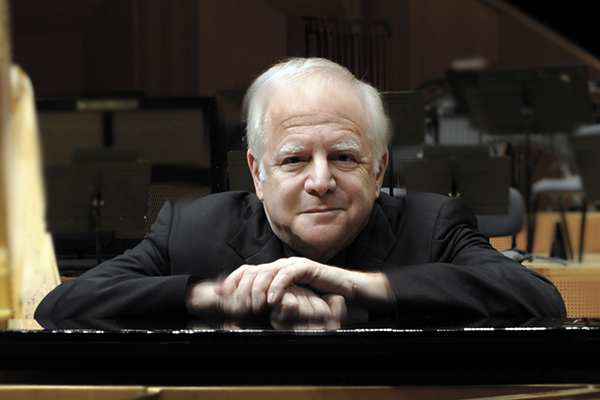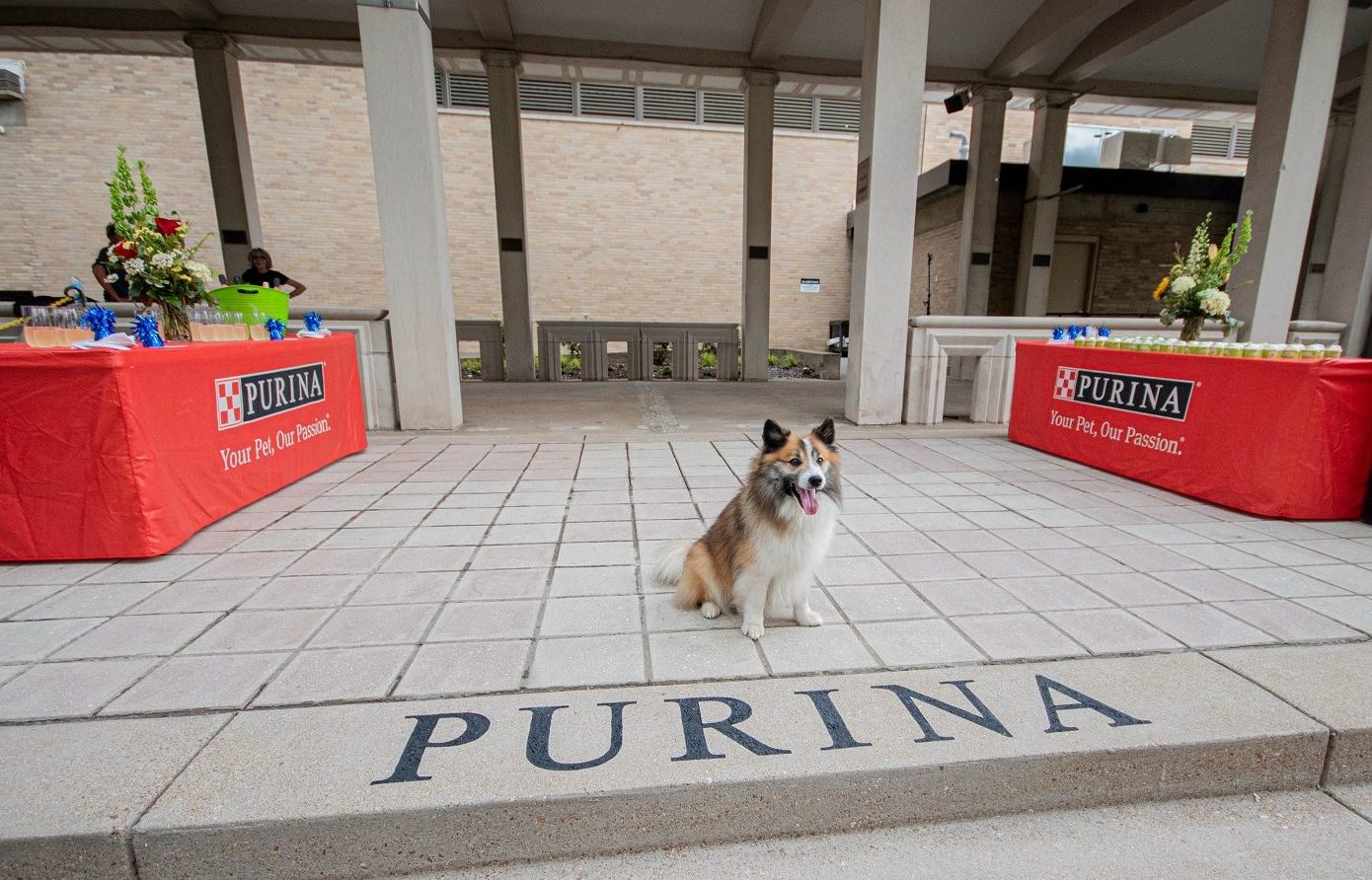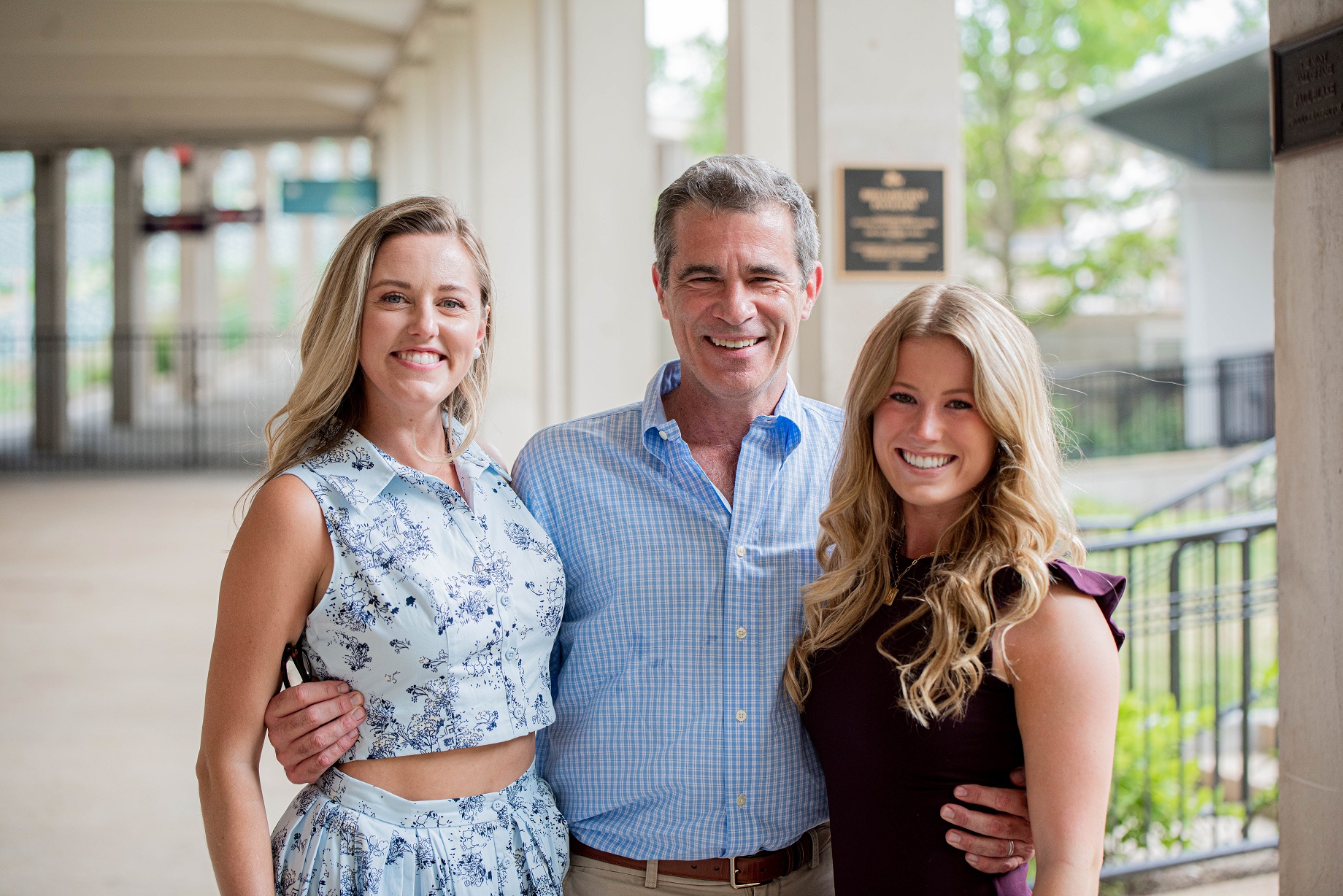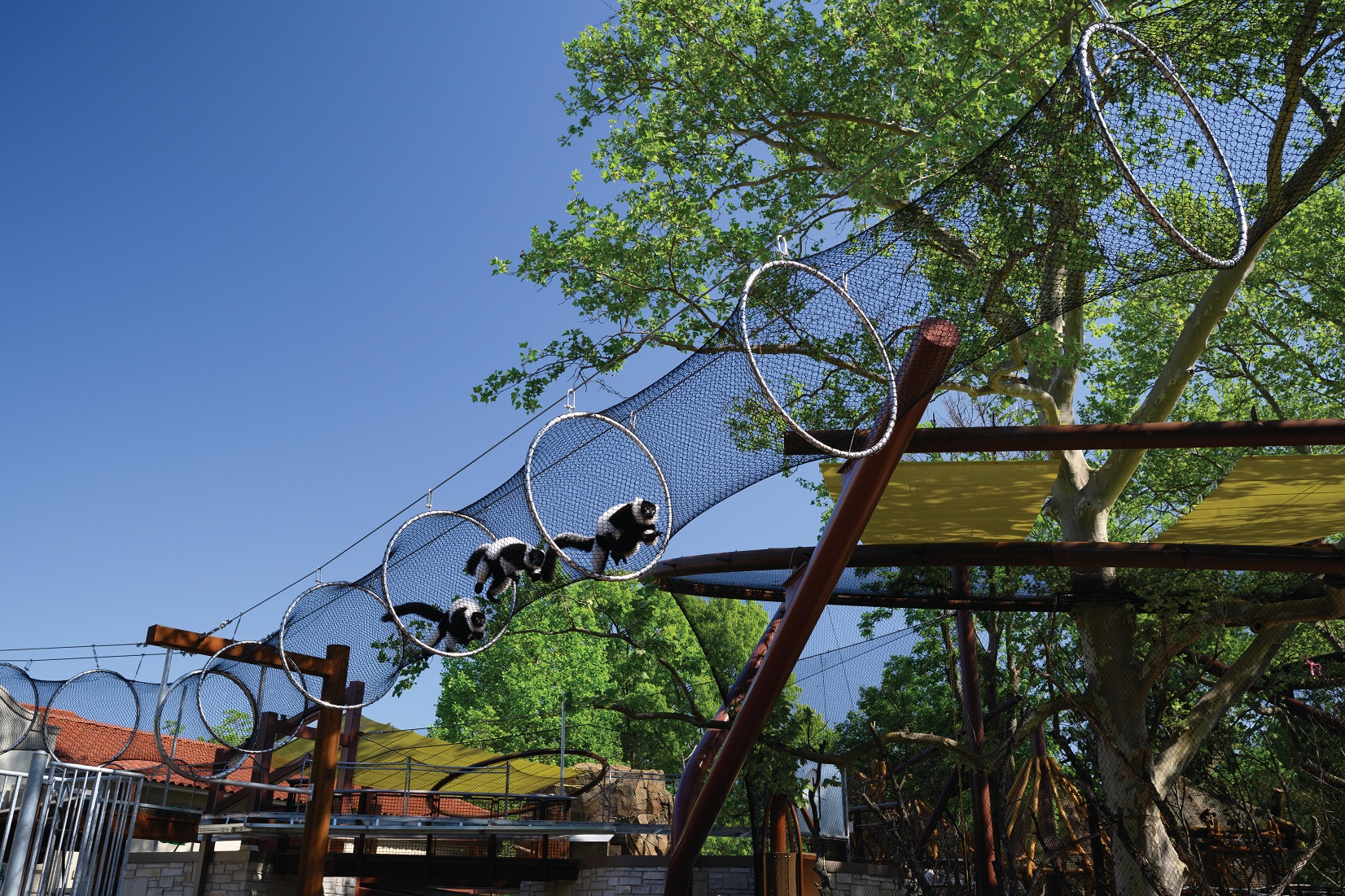Books, music and a maestro…what’s not to love? Internationally acclaimed conductor Leonard Slatkin will be unveiling his new book during a reception, discussion and concert event at the St. Louis County Library headquarters in September.

Slatkin, the conductor laureate of the St. Louis Symphony Orchestra, is the author of the soon-to-be-released “Classical Crossroads: The Path Forward for Music in the 21st Century.” On Monday, Sept. 13, he’ll be the guest of honor for “An Evening with Leonard Slatkin,” featuring a cocktail reception, as well as a public book discussion and concert with a live performance by the Chamber Music Society of St. Louis.
Gerry and Judy Jehling are serving as co-chairs for the event, which benefits the St. Louis County Library Foundation and Chamber Music Society of St. Louis.
Advance ticket sales begin Friday, July 30. VIP tickets include the private reception (hosted by Jim and Mary Forsyth), an autographed copy of “Classical Crossroads,” book discussion and concert. For other ticket options or additional information, visit the St. Louis County Library Foundation’s official event page.
Gazelle is a proud media sponsor of “An Evening with Leonard Slatkin.”
The Muny has announced the renaming of some of its most prominent pre-show gathering spots, including the West Platform and the West Lawn.

The former West Platform is now the Broadhurst Pavilion, named in honor of Allison Broadhurst, a Muny Kid and Teen alum who began performing at The Muny in 2011. A previously announced gift of $4 million by Barbara and Andrew Taylor to The Muny’s Second Century Capital Campaign in honor of Broadhurst, their great niece, helped fund state-of-the-art renovations of the rehearsal and performance platform, the same platform where Broadhurst spent many summers.
Updates to the space include enhanced lighting, large-scale fans, a new dance floor with an operational turntable, landscaping and improvements to the prop storage warehouse located directly beneath the pavilion. In addition to serving as rehearsal space and performance stage, the pavilion will also be used for private pre-show events, as well as a gathering space for community events during the off-season.

Located adjacent to the pavilion is the newly named and completely renovated Purina Plaza (formerly the West Lawn), made possible by a $2 million gift from Nestlé Purina PetCare to The Muny’s capital campaign. The plaza has a small performance stage, as well as public gathering areas for meals, entertainment and other recreation.

The newly renovated spaces were unveiled during a private event at The Muny last month. In attendance were members of the Taylor and Broadhurst families and representatives from Nestlé Purina PetCare, as well as Muny president and CEO Denny Reagan, artistic director and executive producer Mike Isaacson, and managing director Kwofe Coleman. Broadway star and Tony Award nominee Taylor Louderman performed during the festivities.
The Muny opens its 103rd season with “Smokey Joe’s Café” July 26. For tickets and other additional information, visit The Muny’s official website.
The Saint Louis Zoo’s $13-million outdoor expansion of the Primate House is now open.

The Primate Canopy Trails, a 35,000-square-foot exhibit showcasing eight new outdoor homes and play areas for monkey and lemurs, many of them endangered, opened to the public July 12. The first-of-its-kind primate habitat features a forest-like canopy with a see-through tunnel and elevated boardwalk for guests to experience the space alongside the animals. There are also many opportunities to learn about conservation challenges for primates in the wild and solutions to help.

The expansion allows the zoo to improve the care, health and well-being of primates by providing them access to the outdoors, sunlight and fresh air. The existing Primate House had few outdoor habitats, limiting outdoor access for many of the 140 primates representing 14 species living there. With the expansion, overhead mesh “sky trail” tunnels that lead from the Primate House to the outdoor spaces allow animals like the critically endangered cotton-top tamarin monkey and Coquerel’s sifaka lemur to explore different habitats at different times, boosting the stimulation in their daily lives.

The exhibit was made possible by the zoo’s donors, including a leadership gift from Michael and Quirsis Riney.
In other great animal news, the Endangered Wolf Center (EWC) has a new habitat to protect and care for one of the most endangered canids in the world: the American red wolf.

The secluded environment, at EWC’s facility on Washington University’s Tyson Research Center, will serve as a breeding and pre-release site for the wolves.


According to the U.S. Fish and Wildlife Service, there are only about 20 red wolves roaming in the wild and approximately 245 red wolves housed in breeding facilities across the country. A male and female pair, Ash and Cirilla, are the first residents of EWC’s new habitat, ideally designed to be suitable for breeding red wolves and for helping them maintain natural instincts to ensure successful future re-introductions into the wild.
The Missouri Botanical Garden is gearing up for busier months ahead: Next month marks the return of festivals at the garden with Chinese Culture Days.

The annual festival, which is typically held in the spring, is slated this year for the first weekend of August. Opening festivities kick off with a grand parade featuring a 70-foot dancing dragon. Other activities include special performances, martial arts demonstrations and authentic regional cuisine available for purchase.
Tickets to Chinese Culture Days, held Aug. 7 and 8, are now available through the garden’s website; advance purchase is recommended.
Additionally, the garden’s Sachs Museum has reopened with “Grafting the Grape: American Grapevine Rootstock in Missouri and the World.” The exhibit focusing on Missouri wine is the first for the museum following more than a year of closure due to the pandemic.
“Grafting the Grape” examines American grape species used in viticulture, grafting and winemaking alongside the history of Missouri wine, as well as innovative methods in addressing climate change. The exhibit also highlights the significant role Missouri scientists and viticulturists had in saving the worldwide wine industry when the phylloxera epidemic devastated vineyards in France and across Europe in the late 19th century.

The exhibit also tells the story of the innovative botany and history of how these American plants saved the worldwide wine industry in the late 19th century thanks to scientists and viticulturists in Missouri, as well as the contemporary crop science being done today that addresses how the wine industry is responding to climate change. The exhibit is open during regular garden hours and is included with garden admission.
 An award-winning journalist recognized for her media leadership and for promoting diversity, Trish Muyco-Tobin has more than 25 years of experience in print and broadcasting. She is also a longtime community volunteer.
An award-winning journalist recognized for her media leadership and for promoting diversity, Trish Muyco-Tobin has more than 25 years of experience in print and broadcasting. She is also a longtime community volunteer.





